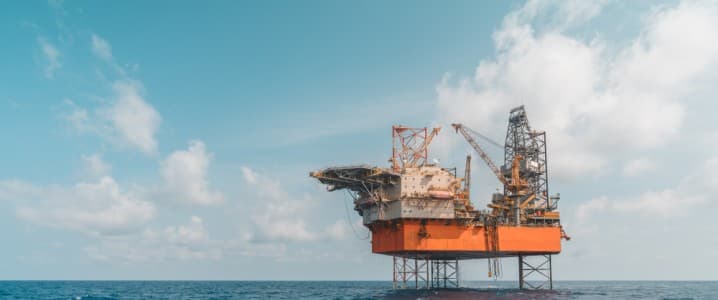Oil & Gas
SOUTH KOREA FOUND TO HAVE 14 ADDITIONAL OFFSHORE OIL AND GAS PROSPECTS.
JUMA SULEIMAN

A U.S. geoscience exploration firm, Act-Geo, has identified 14 additional oil and gas prospects in South Korea’s East Sea, according to South Korean officials. The company submitted a report to the Korea National Oil Corp. (KNOC), indicating the potential presence of resources estimated between 680 million barrels and 5.17 billion barrels of oil and gas equivalent. The findings, while promising, remain preliminary and require further verification from additional experts, officials from the Ministry of Trade, Industry, and Energy noted.
Act-Geo previously J Lemphasized the high potential for offshore oil and gas discoveries in South Korea. In June 2024, the South Korean government approved a plan to drill off the east coast, exploring what studies suggest could be vast crude oil and natural gas reserves. Officials have estimated that the region may hold as much as 14 billion barrels of oil and gas, sparking interest from international energy companies. Vitor Abreu, Act-Geo’s co-founder and adviser, confirmed that initial survey results had already drawn the attention of major industry players.
The South Korean government aims to confirm the presence of these resources by mid-2025, with commercial production slated to begin by 2035. Most of the exploratory prospects are believed to contain natural gas, which could significantly contribute to the country’s energy needs. Given that South Korea imports nearly all its fossil fuels, the discovery of domestic energy reserves could help reduce dependence on foreign sources and enhance national energy security.
South Korea is currently the fourth-largest importer of crude oil and natural gas worldwide and the ninth-biggest energy consumer, according to KNOC. If confirmed, these offshore reserves could reshape the country’s energy landscape, offering long-term economic and strategic benefits. The government, alongside industry experts, will continue assessing the feasibility of these resources before moving towards full-scale development.
